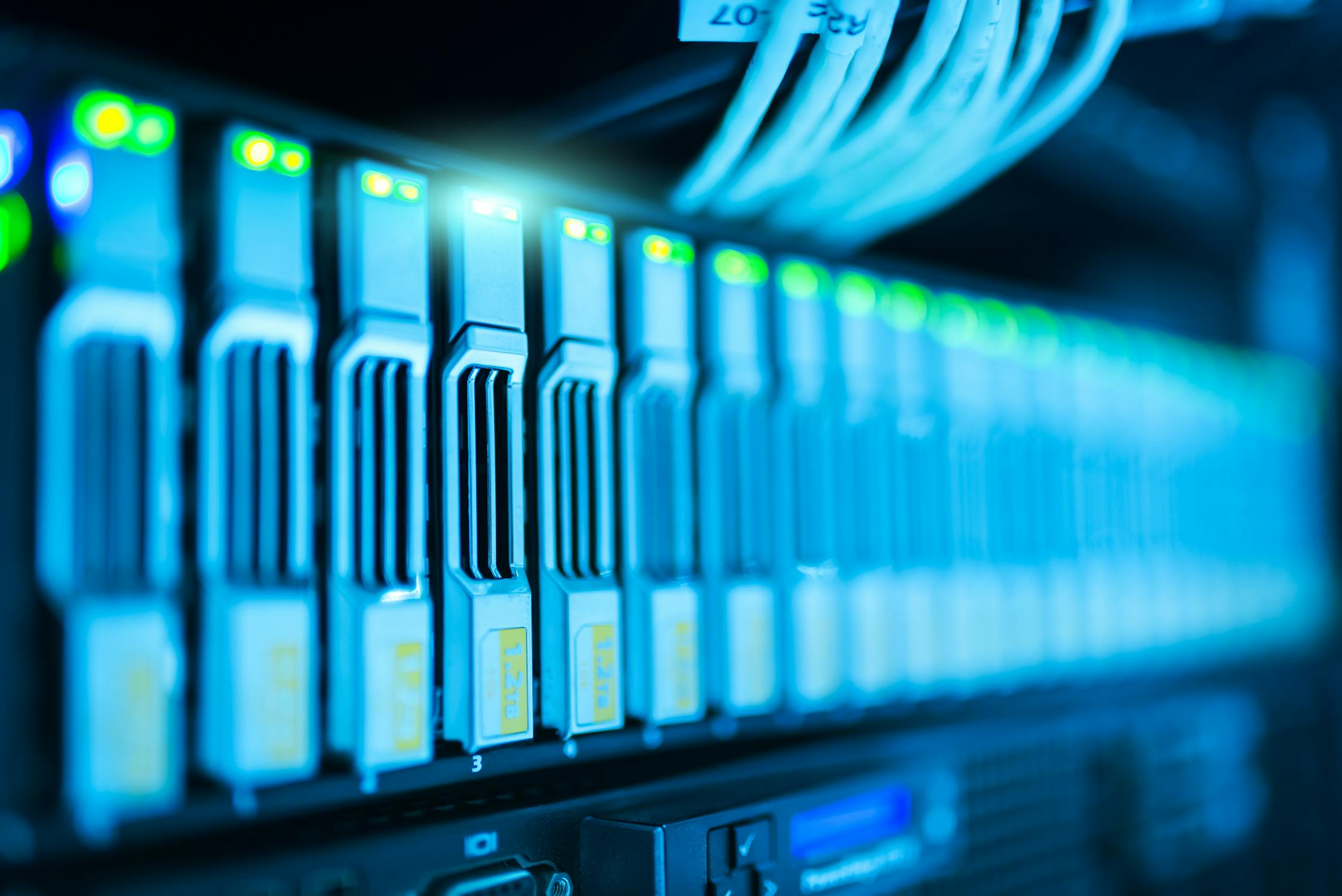What is Snowflake's AI Strategy? Intelligence in the Data Cloud

Snowflake has rapidly become a dominant force in cloud data warehousing and the broader "Data Cloud" ecosystem. As Artificial Intelligence reshapes industries, Snowflake isn't just sitting on the sidelines; it's actively pursuing a strategy to make its platform the central hub for both data and AI workloads. But what does this strategy actually entail?
Snowflake's AI Vision
Snowflake's AI strategy centers on enabling organizations to build, deploy, and run AI/ML applications directly within the Snowflake Data Cloud, right where their governed, secure data already resides. The goal is to eliminate data silos, reduce complexity, accelerate development, and democratize access to AI capabilities.
Key Pillars of Snowflake's AI Strategy
The strategy is built upon several interconnected components:
1. The Unified Data Foundation ( )
Everything starts with the Data Cloud itself. By providing a single, scalable platform for storing and managing diverse data types (structured, semi-structured, unstructured), Snowflake eliminates the need to move or copy data to separate AI platforms. This ensures:
- Single Source of Truth: AI models are trained and run on consistent, governed data.
- Reduced Data Movement: Minimizes complexity, cost, and security risks associated with data transfers.
- Scalability: Leverages Snowflake's elastic architecture for both data storage and compute.
2. Bringing Compute (Including AI) to the Data ()
A core tenet is running processing workloads, including sophisticated AI/ML training and inference, directly within the Snowflake environment. Key enablers include:
- Snowpark (): Allows developers to write complex data transformations and ML model training/inference code in familiar languages like Python, Java, and Scala, which execute directly inside Snowflake using its compute resources. This is crucial for data scientists and engineers.
- Snowflake Container Services (): Enables running virtually any containerized application (including complex ML models, libraries, or full MLOps platforms) securely within the Snowflake boundary, offering maximum flexibility while keeping data governed.
3. Native AI/ML Capabilities (Snowflake Cortex) ( )
Snowflake is increasingly embedding AI functionalities directly into the platform, accessible via familiar SQL or simple functions. Snowflake Cortex offers:
- LLM Functions: Serverless functions for tasks like summarization, translation, sentiment analysis, and potentially Q&A using pre-built LLMs, accessible via SQL.
- ML Functions: Serverless functions for common ML tasks like forecasting, anomaly detection, and classification, callable from SQL without requiring deep ML expertise.
This aims to democratize AI, making powerful capabilities available to SQL analysts and data engineers, not just specialized ML teams.
4. Integrated Development & Application Framework (Streamlit) ()
With the acquisition and integration of Streamlit, Snowflake allows users to rapidly build and deploy interactive data applications and AI-powered tools natively within Snowflake using Python. This simplifies:
- Creating dashboards and UIs for AI model outputs.
- Building internal tools that leverage data and models residing in Snowflake.
- Sharing insights and AI applications securely within the organization.
5. Open Ecosystem & Partnerships ()
Snowflake recognizes it can't do everything. Its strategy includes strong integrations with the broader AI/ML ecosystem:
- Connectivity with major ML platforms (e.g., Databricks, Amazon SageMaker, Google Vertex AI).
- Support for common ML frameworks (TensorFlow, PyTorch, scikit-learn via Snowpark).
- Partnerships with MLOps vendors for model management and deployment.
- Collaboration with hardware providers (like NVIDIA) for accelerated computing within Snowflake.
6. Unified Governance & Security ()
A major selling point is that AI workloads run within Snowflake inherit its robust security features, access controls, and data governance capabilities. This simplifies compliance and reduces risk compared to managing data across separate AI platforms.
Conclusion: Making the Data Cloud Intelligent
Snowflake's AI strategy is fundamentally about integrating AI capabilities seamlessly with its core Data Cloud platform. By enabling compute (including AI/ML) to run securely where the data lives, offering native AI functions for broader accessibility (Cortex), providing tools for building AI applications (Snowpark, Streamlit, Container Services), and maintaining strong ecosystem partnerships, Snowflake aims to be the central, governed platform for organizations to unlock value from their data using artificial intelligence. It's a move to make AI less of a separate silo and more of an inherent capability of the modern data stack.
Leveraging Snowflake for AI requires understanding its evolving capabilities. DataMinds.Services helps organizations architect and implement effective data and AI strategies on the Snowflake platform.
Team DataMinds Services
Data Intelligence Experts
The DataMinds team specializes in helping organizations leverage data intelligence to transform their businesses. Our experts bring decades of combined experience in data science, AI, business process management, and digital transformation.
More Articles
Leveraging AI within Your Snowflake Data Cloud?
Unlock the full potential of your data by integrating AI directly within Snowflake. DataMinds Services provides expertise in building and deploying AI solutions on the Data Cloud.
Build on Snowflake with AI

